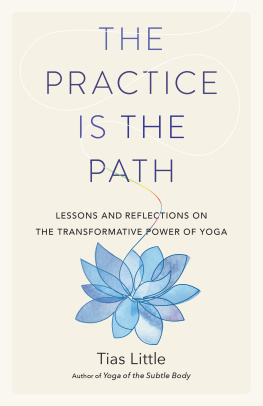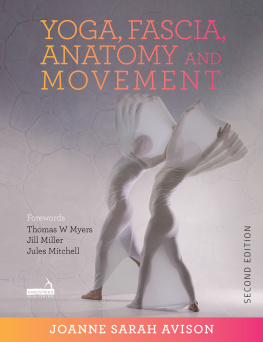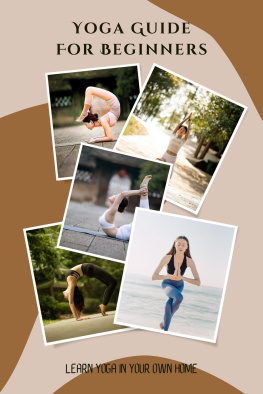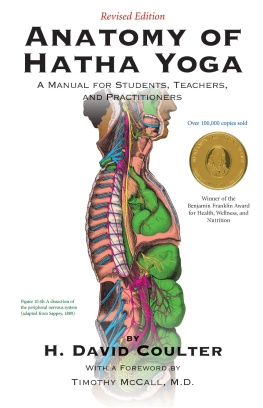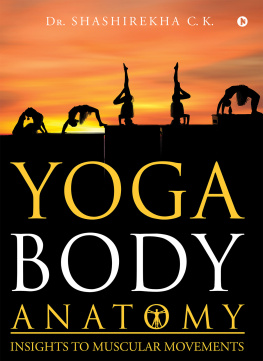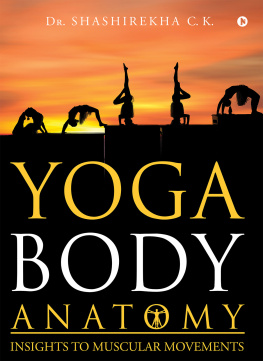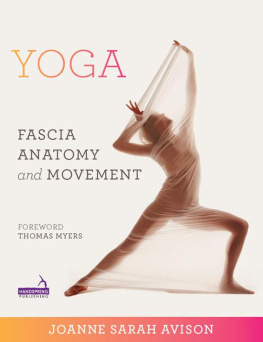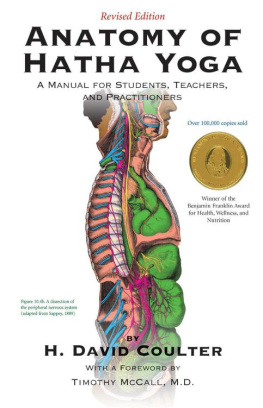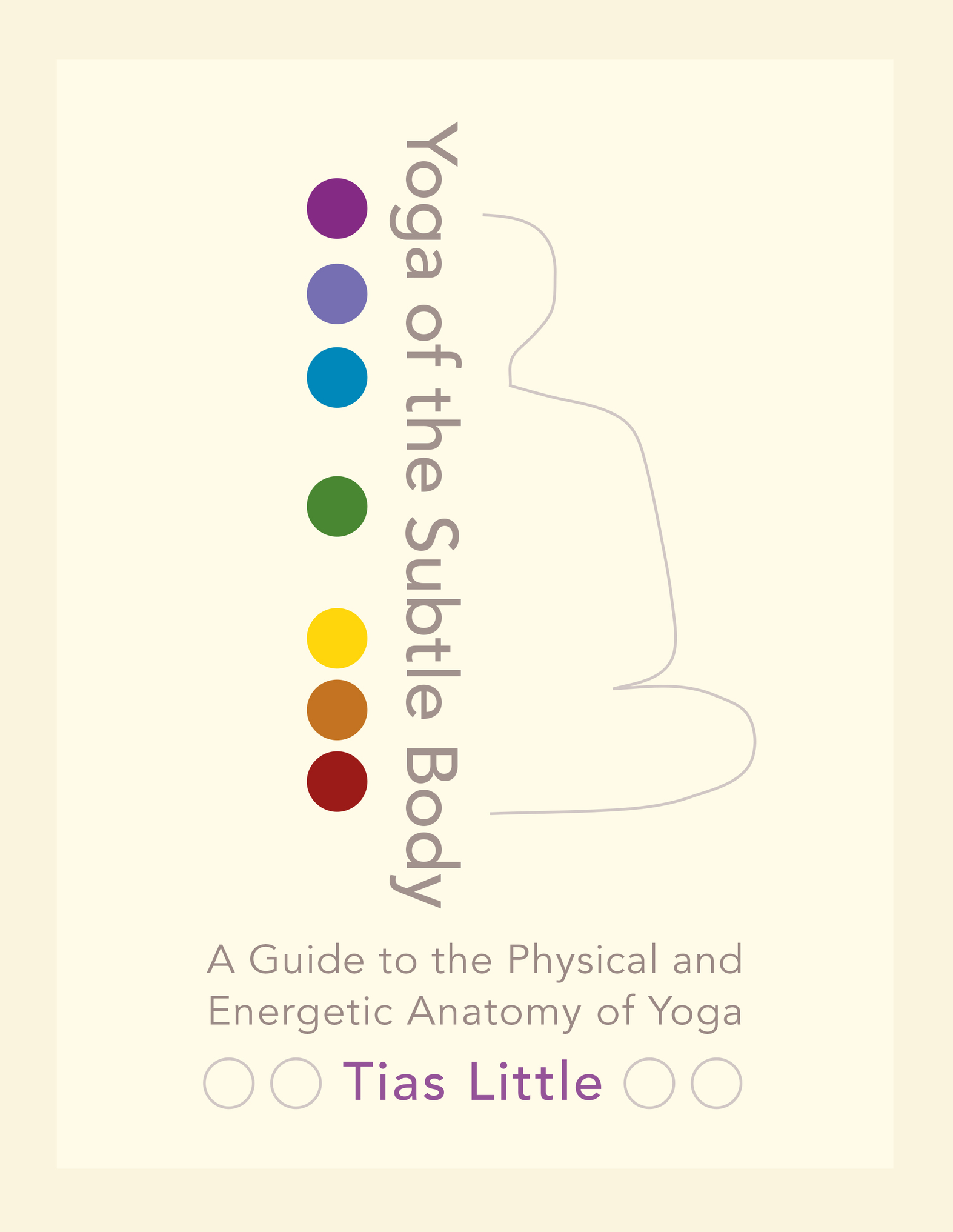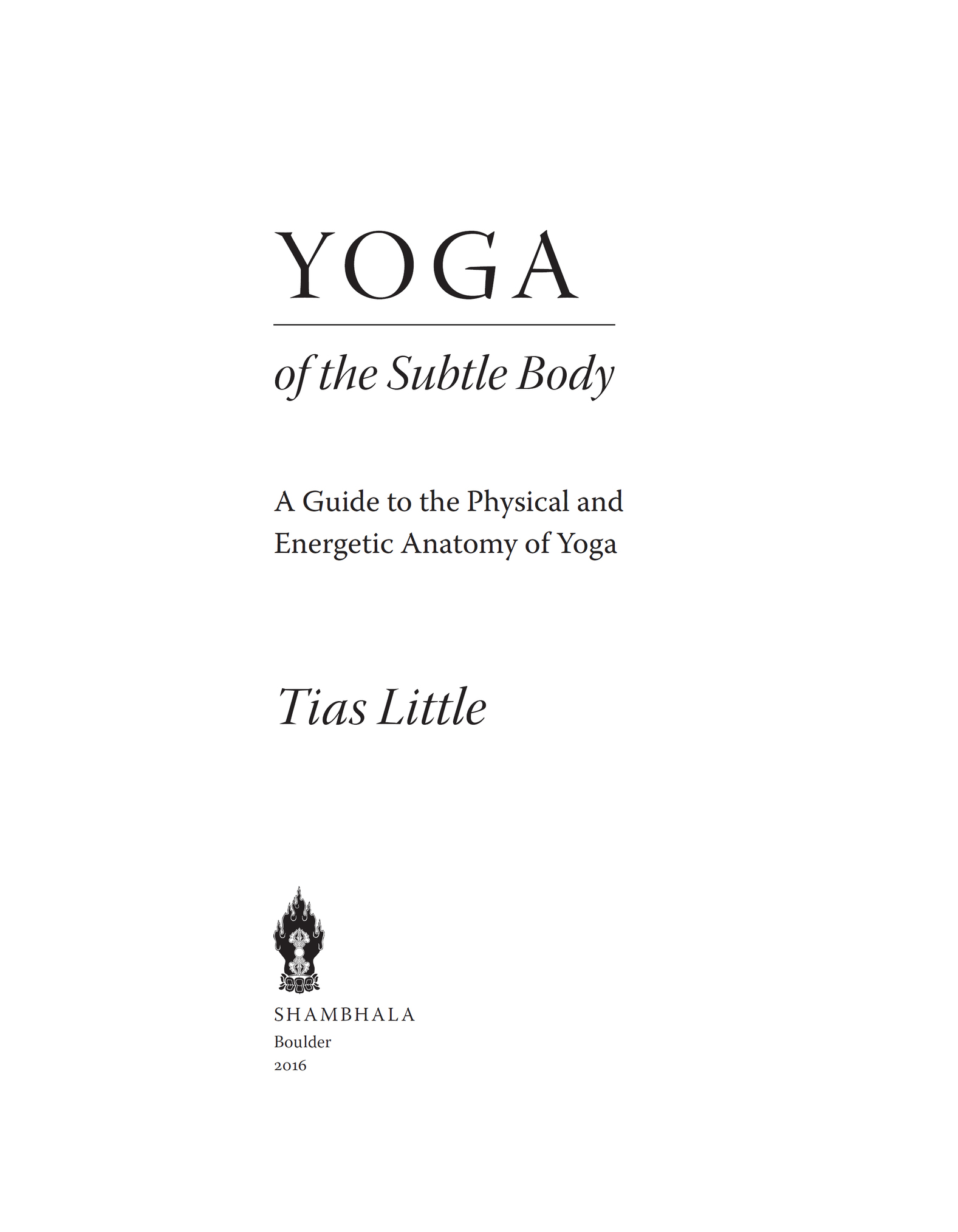Tias Little - Yoga of the Subtle Body: A Guide to the Physical and Energetic Anatomy of Yoga
Here you can read online Tias Little - Yoga of the Subtle Body: A Guide to the Physical and Energetic Anatomy of Yoga full text of the book (entire story) in english for free. Download pdf and epub, get meaning, cover and reviews about this ebook. year: 2016, publisher: Shambhala, genre: Religion. Description of the work, (preface) as well as reviews are available. Best literature library LitArk.com created for fans of good reading and offers a wide selection of genres:
Romance novel
Science fiction
Adventure
Detective
Science
History
Home and family
Prose
Art
Politics
Computer
Non-fiction
Religion
Business
Children
Humor
Choose a favorite category and find really read worthwhile books. Enjoy immersion in the world of imagination, feel the emotions of the characters or learn something new for yourself, make an fascinating discovery.

- Book:Yoga of the Subtle Body: A Guide to the Physical and Energetic Anatomy of Yoga
- Author:
- Publisher:Shambhala
- Genre:
- Year:2016
- Rating:4 / 5
- Favourites:Add to favourites
- Your mark:
Yoga of the Subtle Body: A Guide to the Physical and Energetic Anatomy of Yoga: summary, description and annotation
We offer to read an annotation, description, summary or preface (depends on what the author of the book "Yoga of the Subtle Body: A Guide to the Physical and Energetic Anatomy of Yoga" wrote himself). If you haven't found the necessary information about the book — write in the comments, we will try to find it.
Yoga of the Subtle Bodyunites practical somatic concepts and wisdom teachings in this guide to the anatomy of the physical, mental, emotional, and subtle bodies. Tias Little is a master teacher, and he brings his precise instruction to the wisdom teachings and philosophy of hatha yoga. He offers us a guided tour of the bodys structure and physical anatomy, then uses this new structural awareness as grounds for exploring the subtle body. In a meaningful and pragmatic way, the book maps the connection between the body and the rich symbolism that pervades the yogic imagination, including the chakras, nadis, and koshas. We come to see how the (yoga) body cannot be seen apart from the psycho-spiritual forces that animate it. Further, Tias offers readers clear, illuminated instruction for yoga, pranayama, and meditation techniques that apply these body-mind principles. This book is essential reading for all serious students and teachers of yoga.
Each chapter focuses on one of the eight key energetic/anatomy centers of the body: feet/base, pelvis, sacrum, belly, diaphragm, heart/lungs, throat, and crown. The book is organized literally from the ground up, and figuratively from physically basic to conceptual/subtle. Each chapter has a list of poses for activating and applying the lessons, guided meditations, and excerpts from yogic texts. These practical exercises allow readers to immediately integrate the chapters lessons into their practice.
Tias Little: author's other books
Who wrote Yoga of the Subtle Body: A Guide to the Physical and Energetic Anatomy of Yoga? Find out the surname, the name of the author of the book and a list of all author's works by series.

